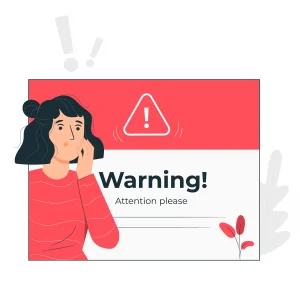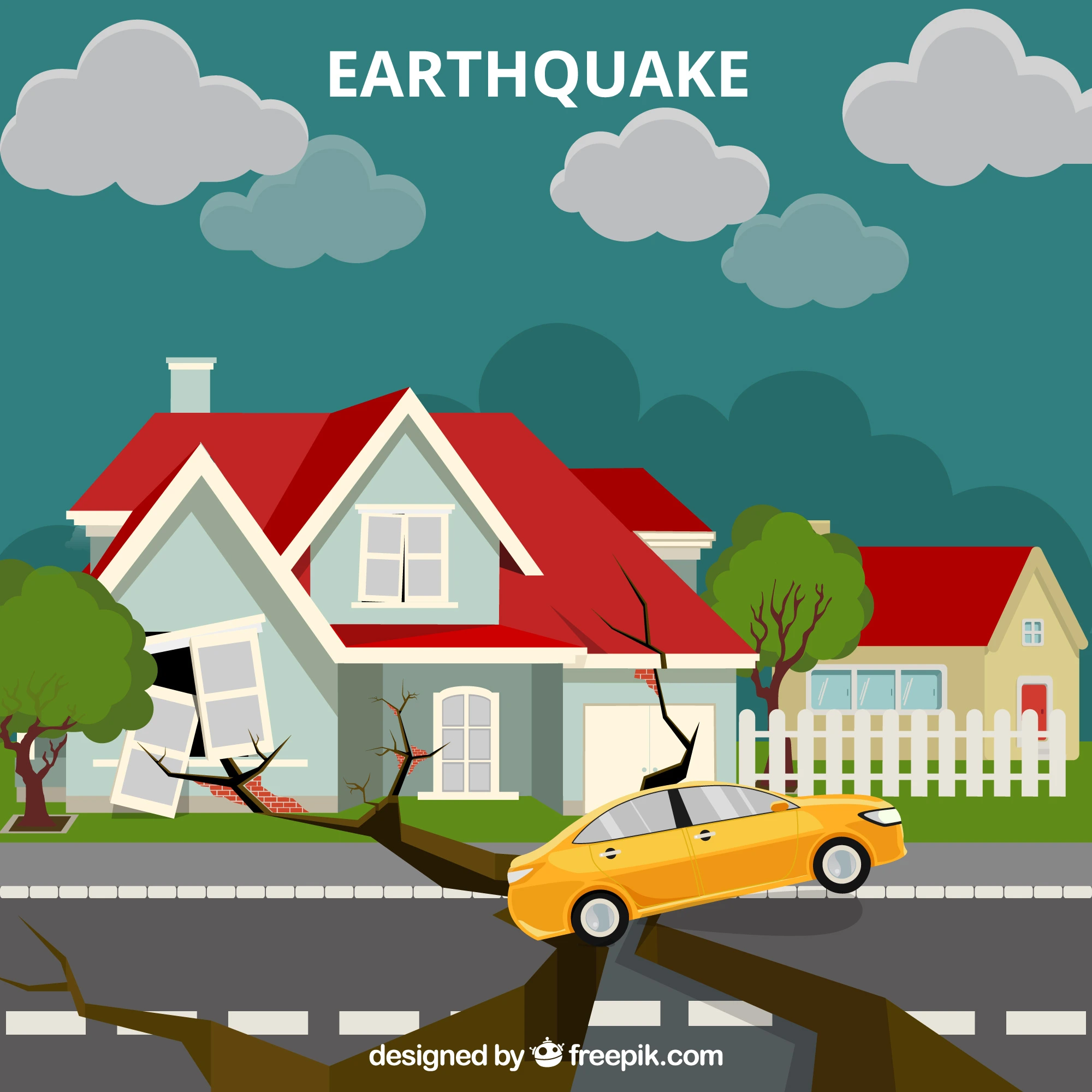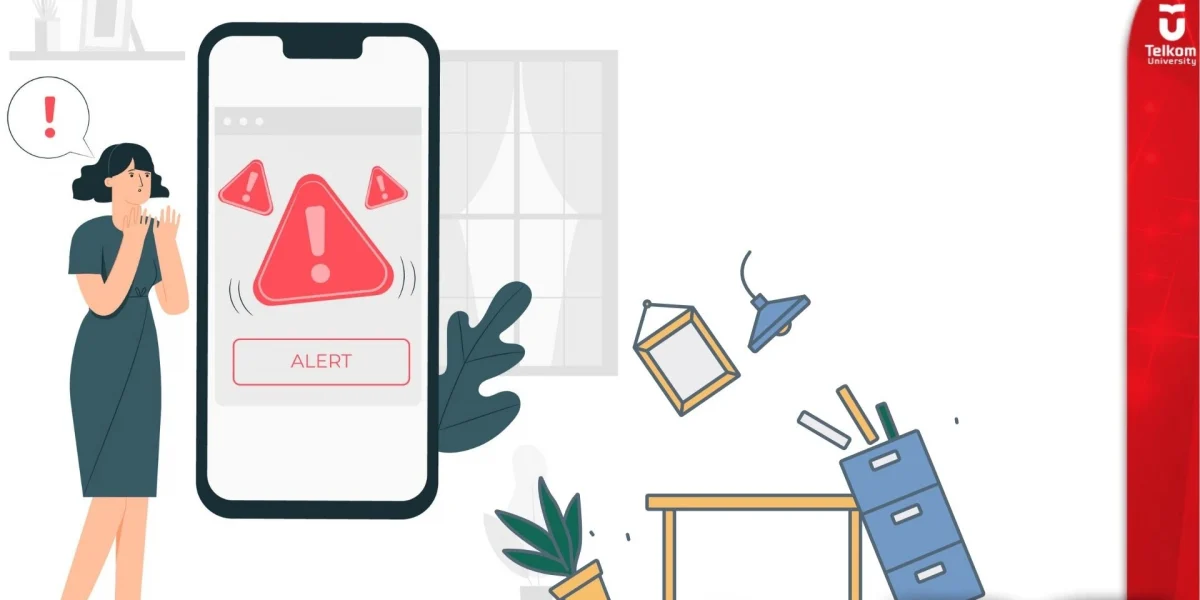Latest Technology Sends Earthquake Alerts Directly to Mobile Phones
Indonesia is a country located in the “Pacific Ring of Fire,” a zone prone to earthquake activity. Every year, the country often experiences earthquakes, from mild to destructive. In dealing with this disaster, technology has played an important role in providing information to the public through an earthquake early warning system. The latest technology now allows warnings to be sent directly to mobile phones, giving people seconds to minutes to escape before a larger tremor occurs.

How Earthquake Early Warning Technology Works

Earthquake early warning technology utilizes a network of seismic sensors spread across earthquake-prone locations. These sensors detect primary seismic waves (P-waves), which are the first waves produced by an earthquake. P-waves are usually less dangerous and less damaging, but they are an indicator that stronger and more damaging waves, called S-waves, will soon follow.
Once P-waves are detected, a cloud-based and satellite-based system analyzes the data in real time. This information is then sent to users via mobile apps or live notifications, allowing people to receive warnings seconds before the earthquake’s impact is felt. This provides crucial time to take safety measures, such as seeking shelter or evacuating high-risk areas.
Technological Innovation in Earthquake Warning Systems
1. Special Earthquake Warning Apps Many apps are now available that are specifically designed to provide earthquake early warning. Some of these include MyShake and Earthquake Alert!, which utilize global sensors to detect earthquakes and provide alerts to users near the location of the event. In Indonesia, BMKG has also developed an app that monitors seismic activity and provides early warnings to the public through real-time data.
2. Google Earthquake Alerts Google has launched an earthquake alert system directly on Android devices. This technology does not only rely on external sensors, but also utilizes the accelerometer present in each user’s phone. The phone’s accelerometer is able to detect vibrations, which are then sent to Google’s central server for analysis. If many phones in one area detect the same vibration, Google will trigger an early warning system and send notifications to other users around the area.
3. Use of AI and Machine Learning Artificial intelligence (AI) and machine learning (ML) are increasingly important in accelerating seismic data analysis. By studying patterns from previous earthquakes, AI can provide more accurate estimates of when and where an earthquake will occur. This technology also speeds up earthquake detection and helps send alerts more quickly to people’s mobile phones. In the future, the use of AI will enable more sophisticated earthquake prediction systems, reducing losses and impacts from disasters.
4. Integration with IoT and Smart Infrastructure Earthquake warning technology is also increasingly integrated with the Internet of Things (IoT), where smart home devices such as alarms, thermostats, and security systems can automatically respond to earthquake warnings. For example, in some smart home systems, earthquake warnings can automatically turn off gas and electricity to prevent fires or explosions caused by earthquakes. This technology is also integrated with public warnings through sirens in public places.
Benefits of Earthquake Early Warning Technology on Mobile Phones
1. Provides Valuable Time to Prepare One of the main benefits of an earthquake warning system is that it gives people extra time to prepare, even if it’s just a few seconds. With early warning, people can take cover under tables, move away from windows, or even exit high-risk buildings, which can save lives.
2. Direct Real-Time Information Access Mobile phones are very practical devices because they are almost always in the hands of users. This allows earthquake warnings to be sent directly to each individual immediately. This technology is not only effective in large cities, but also in remote areas that are difficult to access by other warning systems.
3. Increased Efficiency of Government and Emergency Teams Earthquake early warning is not only useful for the general public, but also for the government and disaster response teams. Information received in real time can help emergency responders respond faster and more effectively. This technology also helps the government coordinate evacuations and assess damage more accurately.
Challenges Faced and Future Developments
Although earthquake early warning technology brings many benefits, there are several challenges that still need to be overcome:
- Distance from Earthquake Epicenter: The closer a person is to the epicenter, the shorter the warning time that can be given. In some cases, warnings come only seconds before the main earthquake is felt.
- Accuracy of Warning System: Although warning systems are constantly evolving, there is still a possibility of false or late warnings. Therefore, warning systems need to be continuously improved to be more accurate and reliable.
In the future, this technology is expected to become more sophisticated with faster and more accurate detection. The development of AI and machine learning technology will also further strengthen prediction capabilities, helping the system provide better and more comprehensive warnings. Earthquake early warning technology that sends notifications directly to mobile phones has become a step forward in disaster mitigation. This system provides valuable time for people to prepare for earthquakes, reduce damage and save lives. Although there are still challenges, such as distance from the epicenter and accuracy of warnings, the development of this technology has made a major contribution to disaster management efforts around the world, including in Indonesia.


